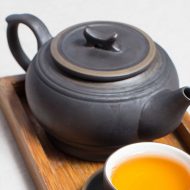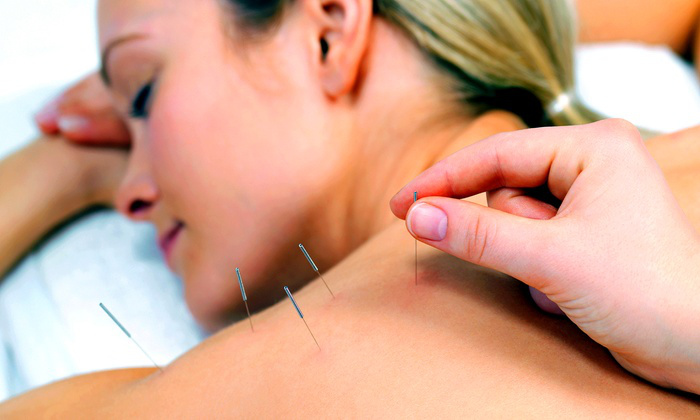The founders of the Chinese Acupuncture Clinic, Tähtiloisto, Dr. Liu Yaqin and Qiao Yunhua are qualified Chinese physicians and experienced practitioners. Mrs. Liu received high academic education from Hebei Medical University in early 90s, she majored in Chinese acupuncture and TUINA massage. Since graduation, she has taken advanced study under twelve great Chinese acupuncture experts and professors. She has worked at National hospitals in China for over 15 years. Her skills and profound knowledge has helped tens of thousands of patients to recover.

Mr.Qiao took another unique learning path by taking apprenticeship under several renowned non-academic and academic Chinese physicians. In order to deepen his study in Chinese orthopedics and acupuncture, he has followed more than forty masters, including the successor of former Royal count physicians, taoist, monks and many other masters who hold the secret knowledge of Chinese medicine which is only handed from generation to generation within the family.
The clinic has an authentic and individual approach in treating patient. Since its opening in Tapiola, hundreds of patient has visited. Among them, not only Finnish and Chinese, but also German, French, Russian and Japanese.
Philosophy / Basics of Chinese medicine
The illness is a sign of disharmony of body, some are caused by disfunction of body internal and external link; some are caused by imbalance of inner organs and body structures. The cause of disharmony, in Chinese medicine theory can be listed as follows:
- problems in body structures, for example, deformities of bones or muscles
- imbalance in energy distribution of organs
- emotional and mental/psychological discomfort
Chinese diagnostics
In Chinese medicine, external and internal of human body is one coherent whole. Internal disorder reveals also on/in the body surface. Depending on our trained observation skills, we can pull together an array of inferences in the patient’s physical appearance, pulse, and other indicators to pinpoint the relevant syndrome and the roots of the disease. This method has more than 3000 years of history, and we have rich experience in it.
- Inspection or looking
- Hands
- Face (eyes)
- Navel
- Palpation or touching
- Abdomen
- Back
- Feet

